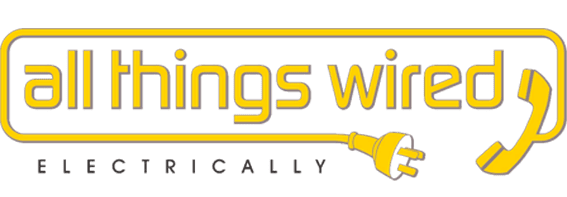Air conditioners employ the same operating principles and basic components as your home refrigerator. Refrigerators use energy (usually electricity) to transfer heat from the cool interior of the refrigerator to the relatively warm surroundings of your home; likewise, an air conditioner uses energy to transfer heat from the interior of your home to the relatively warm outside environment.
An air conditioner cools your home with a cold indoor coil called the evaporator. The condenser, a hot outdoor coil, releases the collected heat outside. The evaporator and condenser coils are serpentine tubing surrounded by aluminum fins. This tubing is usually made of copper.
A pump, called the compressor, moves a heat transfer fluid (or refrigerant) between the evaporator and the condenser. The pump forces the refrigerant through the circuit of tubing and fins in the coils.
The liquid refrigerant evaporates in the indoor evaporator coil, pulling heat out of indoor air and cooling your home. The hot refrigerant gas is pumped outdoors into the condenser where it reverts back to a liquid, giving up its heat to the outside air flowing over the condenser’s metal tubing and fins.
The most important maintenance task that will ensure the efficiency of your air conditioner is to routinely replace or clean its filters. Clogged, dirty filters block normal airflow and reduce a system’s efficiency significantly. With normal airflow obstructed, air that bypasses the filter may carry dirt directly into the evaporator coil and impair the coil’s heat-absorbing capacity. Replacing a dirty, clogged filter with a clean one can lower your air conditioner’s energy consumption by 5% to 15%.
REPAIRS AND MAINTENANCE
When your air conditioner needs more than regular maintenance, hire a professional service technician. Our well-trained technicians will find and fix problems in your air conditioning system.
What we do
- Check for correct amount of refrigerant
- Test for refrigerant leaks using a leak detector
- Capture any refrigerant that must be evacuated from the system, instead of illegally releasing it to the atmosphere
- Check for and seal duct leakage in central systems
- Measure airflow through the evaporator coil
- Verify the correct electric control sequence and make sure that the heating system and cooling system cannot operate simultaneously
- Inspect electric terminals, clean and tighten connections, and apply a non-conductive coating if necessary
- Oil motors and check belts for tightness and wear
- Check the accuracy of the thermostat.


